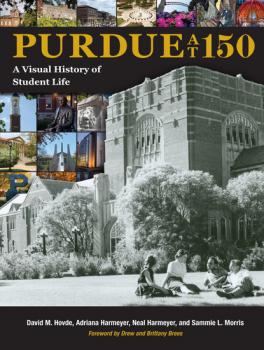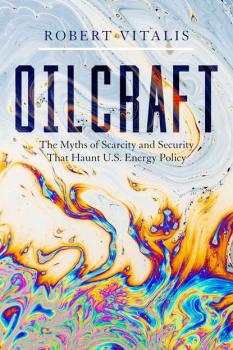ТОП просматриваемых книг сайта:
Историческая литература
Различные книги в жанре Историческая литература, доступные для чтения и скачиванияАннотация
Winner of the ASLE Creative Writing Award Winner of the American Book Award from the Before Columbus Foundation Finalist for the PEN American Open Book Award Finalist for the Phillis Wheatley Book Award Shortlisted for the William Saroyan International Prize for Writing Shortlisted for the Orion Book Award "I stand in awe of Lauret Savoy's wisdom and compassionate intelligence. Trace is a crucial book for our time, a bound sanity, not a forgiveness, but a reckoning." –Terry Tempest Williams Sand and stone are Earth's fragmented memory. Each of us, too, is a landscape inscribed by memory and loss. One life-defining lesson Lauret Savoy learned as a young girl was this: the American land did not hate. As an educator and Earth historian, she has tracked the continent’s past from the relics of deep time; but the paths of ancestors toward her—paths of free and enslaved Africans, colonists from Europe, and peoples indigenous to this land—lie largely eroded and lost.In this provocative and powerful mosaic of personal journeys and historical inquiry across a continent and time, Savoy explores how the country’s still unfolding history, and ideas of “race,” have marked her and the land. From twisted terrain within the San Andreas Fault zone to a South Carolina plantation, from national parks to burial grounds, from “Indian Territory” and the U.S.-Mexico Border to the U.S. capital, Trace grapples with a searing national history to reveal the often unvoiced presence of the past.In distinctive and illuminating prose that is attentive to the rhythms of language and landscapes, she weaves together human stories of migration, silence, and displacement, as epic as the continent they survey, with uplifted mountains, braided streams, and eroded canyons.
Аннотация
North Korea: Unmasking Three Generations of Mad Men explores the mysterious legacy of the Kim family. From the annexation of Korea by Japan to the painful separation of North and South Korea following WWII, to the cult of personality created by Kim Il-Sung, North Korea will examine the context that created one of the most mysterious, fascinating, and frightening dictatorships in modern history. Kim Jong-Il's total control over the state-run media, the militarization of North Korean society, the surveillance and biodiversity of the DMZ, and the human rights record of Kim Jong-Un will contrast the vibrancy of South Korea and the tales of defectors who have been able to flee.
Аннотация
Cuba: The Mob, Castro, and the End of the Embargo, explores Cuba's complicated history and emergence from an era of economic isolation from the US. Exploring America's relationship with Cuba, the many political forces that have shaped the country's identity including communism, Batista, and The United Fruit Company; the conflicted legacy of Che Guevara; and the current relationship between Fidel and Raul Castro and President Obama, Cuba contextualizes what the future holds for the Pearl of the Antilles.
Аннотация
Established as a Jewish settlement in 1909 and dedicated a year later, Tel Aviv has grown over the last century to become Israel’s financial center and the country’s second largest city. This book examines a major period in the city’s establishment when Jewish architects moved from Europe, including Alexander Levy of Berlin, and attempted to establish a new style of Zionist urbanism in the years after World War I. The author explores the interplay of an ambitious architectural program and the pragmatic needs that drove its chaotic implementation during a period of dramatic population growth. He explores the intense debate among the Zionist leaders in Berlin in regard to future Jewish settlement in the land of Israel after World War I, and the difficulty in imposing a town plan and architectural style based on European concepts in an environment where they clashed with desires for Jewish revival and self-identity. While “modern” values advocated universality, Zionist ideas struggled with the conflict between the concept of “New Order” and traditional and historical motifs. As well as being the first detailed study of the formative period in Tel Aviv’s development, this book presents a valuable case study in nation-building and the history of Zionism. Meticulously researched, it is also illustrated with hundreds of plans and photographs that show how much of the fabric of early twentieth century Tel Aviv persists in the modern city.
Информация о книге
Автор произведения Nathan Harpaz










